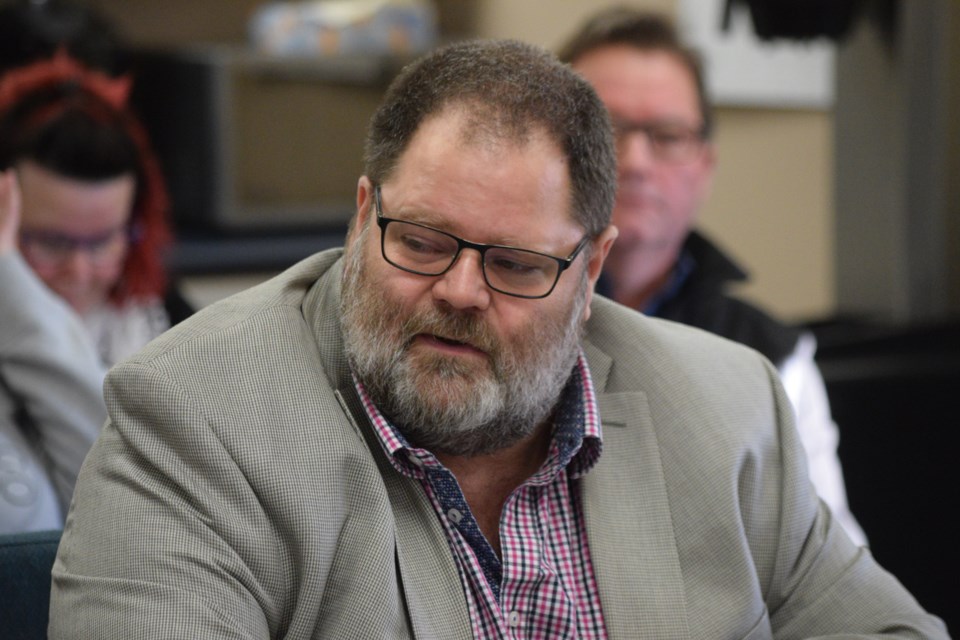BARRHEAD - It turns out Whitecourt and Fort Assiniboine might have another energy resource in addition to oil and natural gas — geothermal energy.
To determine exactly how much potential the region has the Town of Whitecourt would like to commission a geothermal development feasibility study, funded through an Alberta Community Partnership (ACP) grant.
The ACP is a provincial program whose purpose is to improve the viability and long-term sustainability of municipalities by providing funding for projects where regional governments have to collaborate and to be eligible the Town of Whitecourt needed a letter of support from Woodlands County — a letter councillors approved at their Feb. 18 Fort Assiniboine meeting.
Acting chief administrative officer Andre Bachand noted that in 2017, the Northern Alberta Development Council commissioned a study that recognized that the municipalities as areas that had strong geothermal energy potential.
Goose Lake/Freeman River Coun. Dale McQueen asked what the potential benefits were if the study confirmed they were geothermal energy was accessible.
Mayor John Burrows said depending on the temperatures of the fluids contained in the underground rock and soil it could range from tapping into the source as a heat source, to warm buildings to creating electricity.
"When you get to about 90 Celsius electricity can be generated," he said. "But until they do more exploration they won't know what is possible."
Economic development coordinator Bert Roach interjected geothermal energy is something the municipalities' joint economic development committee has been investigating for some time.
"The intent is to look at geothermal sources that would be available for commercial power generation and that can also be used for heat mines," he said, referring to the Deep Earth Energy Production (DEEP) Corp.'s project near Estevan, Sask.
When completed Deep's facility will generate up to five megawatts of clean energy, which is enough to power about 5,000 houses.
The company believes there is also the potential to increase power production to over 100 megawatts.Roach also gave the example of the Tri-Municipal Industrial Partnership (TIMP).
TIMP is a partnership between the Municipal District of Greenview, County of Grande Prairie and the City of Grande Prairie, to coordinate the development of the proposed eco-industrial park with the focus on attracting large-scale heavy industrial projects, most notably global energy and petrochemical manufacturing.
"One of the attractions they want for their park is a three to five-megawatt geothermal facility," Roach said.
He added in his discussions with Town of Whitecourt economic development officer Ronda Hough the municipality has identified potential sites, including abandoned energy wells, in or close near the municipality that might have water suitable for geothermal applications.
"There might be something there for small-scale power generation," Roach said. "If nothing else, we hope to identify a site, when the outlay is put out, have 50 to 100 years of very accessible heat."
He added the areas the original study which was conducted by Terrapin Geothermics, identified was a 10-kilometre radius around and including the Town of Whitecourt and the Hamlet of Fort Assiniboine.
"In Fort Assiniboine what they were finding was water that could be a hot 200 to 250 Celsius, which is more than is needed for power generation," Roach said, adding it shouldn't be surprising that the Albertans are finding ways to use their expertise to find green energy sources. "We are fluid specialists ... whether it is pulling oil and petrochemicals out of the ground, or drilling well holes to depth to pump and circulate water for a heat transfer system."
Barry Kerton, TownandCountryToday.com

